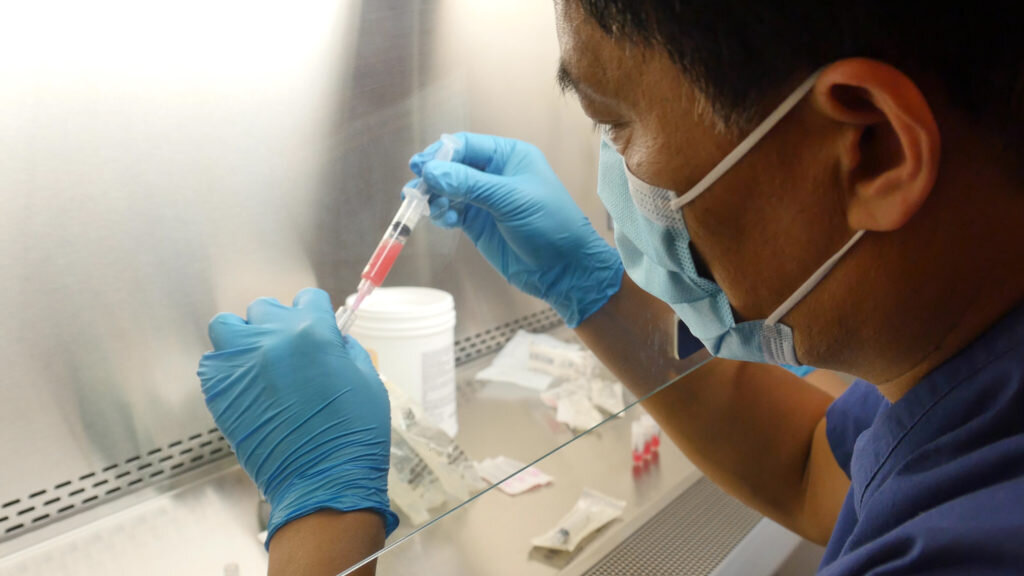Pilot Study Shows Stem Cells Effective in Treating Shoulder Pain
/By Pat Anson, PNN Editor
A single injection of stem cells has shown promise as a treatment for shoulder pain caused by rotator cuff disease, according to the results of a small pilot study conducted by the Kessler Foundation.
Ten wheelchair users with moderate to severe shoulder pain received an injection of adipose stem cells derived from their own fat tissue. The participants all had spinal cord injuries and chronic shoulder pain for at least six months that did not respond to conventional treatment.
The stem cells were micro-fragmented using minimal manipulation to preserve fat clusters and the cells’ regenerative properties. This micro-fragmented adipose tissue (MFAT) was then injected into shoulder tendons under ultrasound guidance.
The study findings, recently published in the Journal of Spinal Cord Medicine, showed nearly 80 percent of participants had a significant decrease in pain symptoms, and all but one reported improvement in pain and function. Symptoms steadily improved over the course of a year, suggesting the injections have long-lasting effects. There were no significant adverse events.
"These results show that the minimally invasive injection of micro-fragmented adipose tissue is a safe and efficacious option for wheelchair users with shoulder pain caused by rotator cuff disease," said Gerard Malanga, MD, a founder of the New Jersey Regenerative Institute and a visiting scientist at the Kessler Foundation.
“We feel there is great potential for this therapy to help people with shoulder pain manage their symptoms and improve their quality of life.”
In addition to their regenerative properties, MFAT stem cells are believed to provide cushioning and to fill-in structural defects when injected into damaged shoulder joints.
Malanga and his colleagues are currently conducting a larger Phase 2 controlled study with 24 participants that will compare MFAT injections to corticosteroid injections for treating pain caused by rotator cuff disease or tears.
Shoulder pain is a common occurrence among wheelchair users with spinal cord injuries because they rely solely on their upper limbs to perform everyday tasks. The pain is often caused by soft-tissue injuries such as inflamed rotator cuff tendons. Pain medication and physical therapy are typically used to treat shoulder pain, with surgery as a last resort – not a good option for someone with a spinal cord injury.
The New Jersey-based Kessler Foundation is a global leader in rehabilitation research and employment programs for people with neurological disabilities caused by diseases and injuries of the brain and spinal cord.







